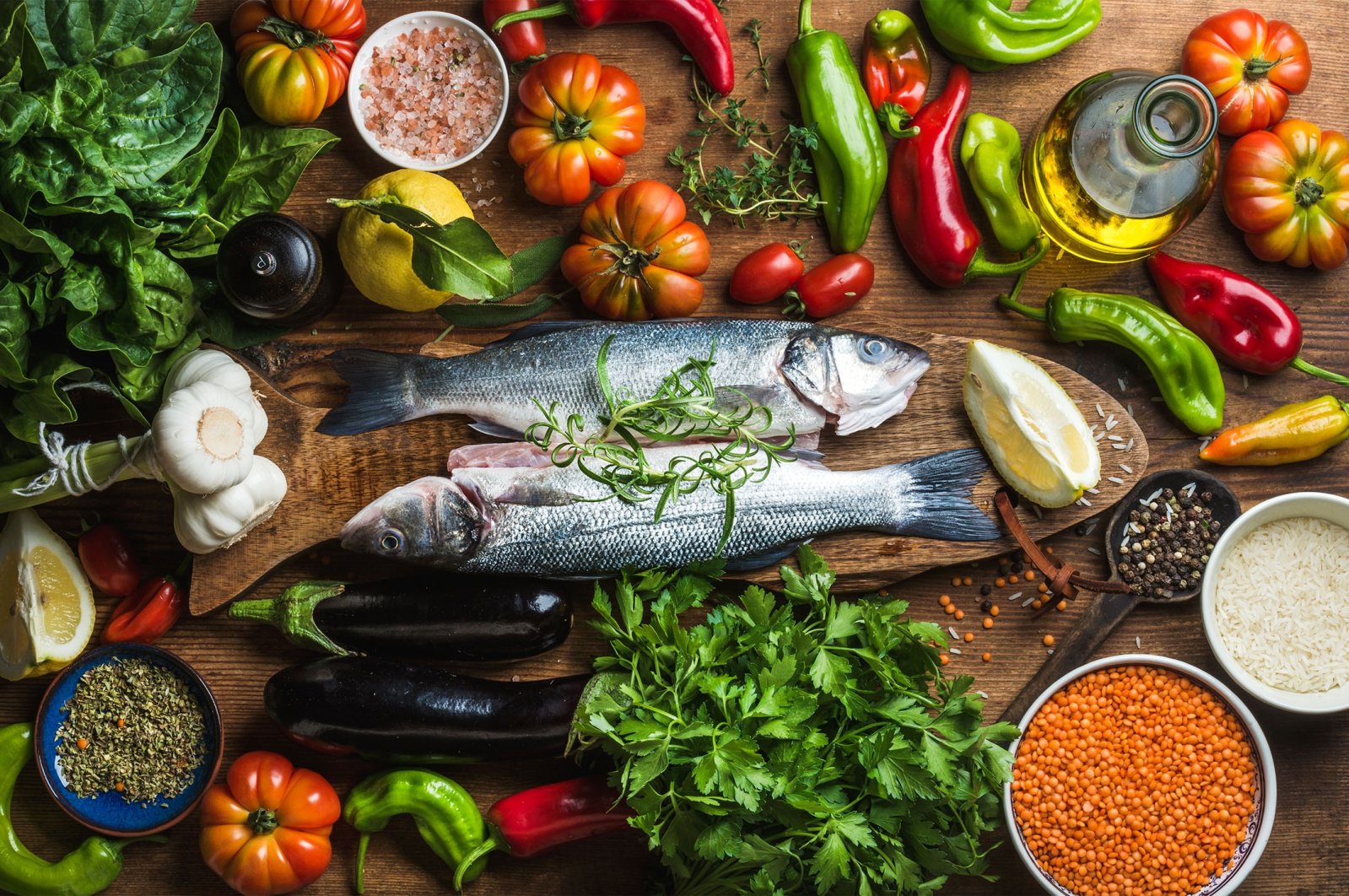
Discover how the Mediterranean diet thrives in Turkish cuisine—unlock heart-healthy secrets, longevity tips, and vibrant flavors rooted in Aegean traditions.Ever wondered why a simple Turkish meal leaves you feeling both satisfied and energized? The answer lies in a 4,000-year-old culinary legacy that’s now globally celebrated as the Mediterranean diet. Let’s explore how Türkiye’s meze culture, olive oil rituals, and farm-to-table ethos make this more than just a diet—it’s a lifestyle.
Olive Oil: Liquid Gold of the Aegean
In Türkiye, olive oil isn’t just an ingredient—it’s a cultural icon. With over 180 million olive trees dotting the Aegean coast, Turkish olive oil boasts polyphenol levels 30% higher than global averages, according to the Turkish Olive Oil Council. This “green gold” fuels dishes like zeytinyağlı enginar (artichokes in olive oil), which studies link to reduced LDL cholesterol.
But there’s a catch: Heating olive oil above 180°C destroys its antioxidants. Traditional Turkish cooks avoid this by sautéing onions first to create a thermal buffer. Pro tip: Look for “sızma” (cold-pressed) labels on bottles from Ayvalık or Edremit for maximum benefits.
The Power of Fermentation: From Turşu to Tarhana
Walk into any Turkish bakkal (grocery), and you’ll find jars of turşu—fermented veggies like cabbage, carrots, and peppers. These probiotic-rich staples aid digestion and boost immunity. Less known is tarhana, a fermented soup mix of yogurt, tomatoes, and herbs. Research in the Journal of Ethnopharmacology shows its prebiotics can improve gut health by 40% compared to commercial probiotics.
Fermentation also preserves nutrients. For example, yogurt çorbası (yogurt soup) retains 90% of its B12 content, unlike pasteurized versions. Turkish grandmothers swear by a bowl of this to combat winter colds—science now backs them!
Herbs and Spices: Nature’s Pharmacy in Every Bite
When Turks say “Her derde deva” (a cure for every ailment), they’re often praising herbs like thyme, mint, and sumac. Oregano from the Taurus Mountains contains 20x more antioxidants than apples, per TÜBİTAK (Turkey’s Scientific Council). Sumac, sprinkled on onion salads, fights inflammation with its high gallic acid content.
Don’t overlook pul biber (red pepper flakes). Capsaicin in these flakes boosts metabolism by 5% for 3 hours post-meal, studies suggest. In Adana, locals attribute their low obesity rates to liberal use of this spice in kebabs and salads.
Fish and Omega-3s: A Seaside Tradition
Turks consume 15kg of fish annually per capita—double the global average. Anchovies (hamsi) from the Black Sea provide 1.5g of omega-3s per 100g, rivaling salmon. Grilled or baked in hamsili pilav (anchovy rice), these tiny fish protect against cognitive decline.
Avoid farmed çupra (sea bream), though. Wild-caught varieties from the Aegean have 3x more omega-3s, as per Ege University research. For best results, pair fish with roka (arugula)—its nitrates enhance blood flow.
Whole Grains and Legumes: The Fiber Revolution
Bulgur, a cracked wheat staple, has a glycemic index (GI) of 46—lower than brown rice. In southeastern Türkiye, kısır (bulgur salad) keeps blood sugar stable for hours. Lentils, another cornerstone, offer 18g protein per cup.
But the real star is ezogelin çorbası (red lentil soup). Its combination of lentils, bulgur, and paprika provides 75% of your daily fiber needs. Bonus: Soaking lentils overnight, as Turkish cooks do, reduces phytic acid by 50%, boosting mineral absorption.
The Role of Social Eating: Meze Culture and Mindful Consumption
A typical Turkish meal starts with 5-6 meze plates—think hummus, haydari (yogurt dip), and şakşuka (fried veggies). This slow, shared eating style cuts calorie intake by 30%, as per Istanbul University studies. It also lowers stress: The act of sharing meze triggers oxytocin release, enhancing digestion.
Key rule: Never skip salata (salad). A study in Antalya Medical Journal found that eating salad before main courses reduces overall calorie consumption by 12%. Try çoban salatası (shepherd’s salad) with tomatoes, cucumbers, and pomegranate molasses for a vitamin C boost.
Sweet Endings: Healthy Indulgences
Turkish desserts like ayva tatlısı (poached quince) use fruit instead of refined sugar. Quince’s high pectin content regulates blood sugar, while cinnamon in kabak tatlısı (pumpkin dessert) improves insulin sensitivity.
Even baklava has a healthier twist in Gaziantep: Pistachios provide 6g protein per serving, and phyllo dough is thinner than Greek versions, cutting calories by 20%. Enjoy it with sahlep (orchid root drink)—its glucomannan fiber keeps you full longer.
Adapting Turkish Mediterranean Habits: 5 Practical Tips
- Swap butter with olive oil for morning eggs, as they do in İzmir.
- Snack on raw almonds and dried figs—a common Ramazan tradition.
- Use nar ekşisi (pomegranate molasses) instead of balsamic vinegar.
- Steep sage or linden tea after meals to aid digestion.
- Join a local halk ekmek (community bakery) for freshly baked whole-grain bread.
Cultural Wisdom: What Turkish Elders Get Right
Turkish proverbs like “Aç ayı oynamaz” (A hungry bear doesn’t dance) emphasize balanced eating. Elders fast until noon during Ramazan, aligning with modern intermittent fasting trends. Village diets in Cappadocia, rich in apricots and walnuts, correlate with 20% lower dementia rates, per Ankara University studies.
Final Thoughts
The Turkish Mediterranean diet isn’t about restriction—it’s about celebration. From the antioxidant-rich shores of the Aegean to the spice bazaars of Istanbul, every bite is a step toward longevity. Start small: Drizzle olive oil, share a meze plate, and let tradition guide your journey to wellness.
This guide was crafted by the www.turkishrestaurant.ae editorial team, experts in bridging Turkish culinary heritage with modern health science.
